7 Key Solutions
to Empower the Consumer in the Energy System
After 3 years of research, development, and demonstration, ReDREAM presents its key results that will be used by energy communities and in real business cases by the industrial parties of the project. All results put the consumer at the centre of the energy system and enable them to change their use of energy to benefit the planet and themselves. Below you can learn more about the 7 key results of the ReDREAM project.

ReDREAM Ecosystem Concept
The ReDREAM ecosystem concept forms the basis for innovative business models in the electricity sector, focused on democratising and deepening the digitalization of energy services. It creates value because of its strong consumer approach and possibility to integrate solutions for multiple stakeholders (e.g. consumers, aggregators, DSOs, etc.). The service-dominant logic (SDL) is the underlying paradigm on which the ecosystem concept is based. The ecosystem concept is characterized by simplicity, adaptability to different energy services and customizability. The ReDREAM ecosystem concept can be used to develop actual ecosystems in different contexts with a range of different functionalities. For example, an implemented energy ecosystem can ease the management of energy flexibility, Demand Response, and Energy Efficiency based on user-friendly interaction. In an implemented ecosystem, beneficiaries can manage all their energy services in a single point and discover how to make the most of their own production and their devices, the community, and the planet.
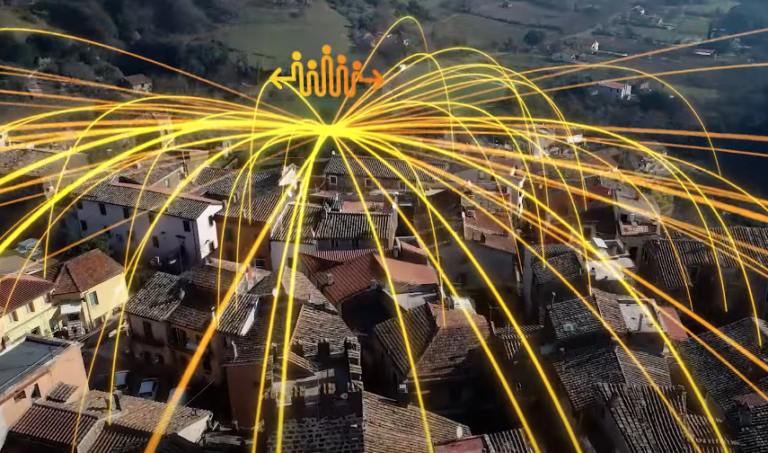
Target users / Beneficiaries
- Energy Communities
- Aggregators
- ESCOs
- Building Facility Managers
- R&D Institutes
- Academia
Participants in Ecosystem
- Consumers/Prosumers
- Households
- Industries
- Public and Commercial Consumers
Demonstration and Implementation of new Services in 4 Energy Communities
4 Different new services/models have been implemented and tested in the 4 energy communities in the UK (Bath & West Community Energy), Spain (ENERGETICA), Croatia (Zelena Energetska Zadruga), and Italy (Biodistretto Via Amerina e Forre).
Please follow us to get updates about the results of these ongoing demonstrations!
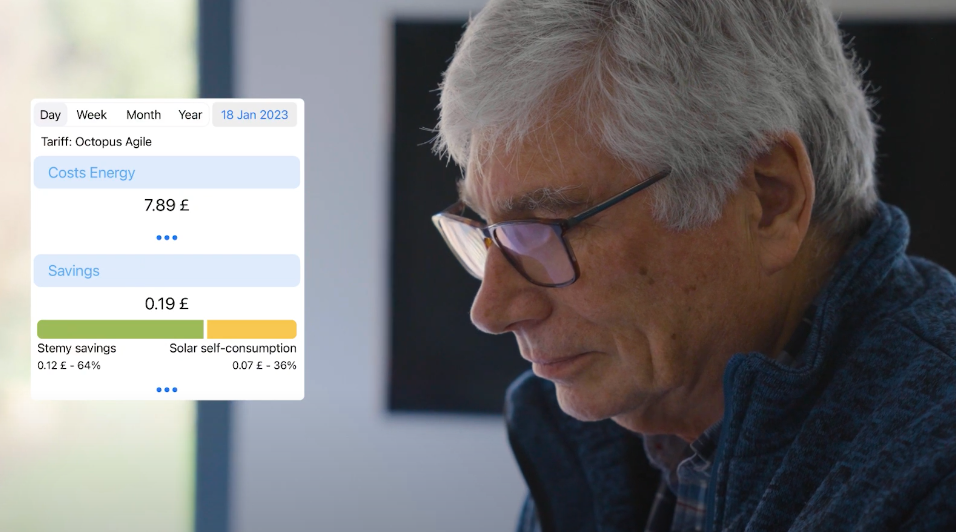
1. Selling Flex Services:
An energy community acts as an aggregator that accumulates flexibility from prosumers’ flexible assets and sells it to market players.
ReDREAM result: In the United Kingdom, market simulations have been conducted and in Spain, this model has been partly implemented and demonstrated.
2. Improving Energy Efficiency with an Energy Service Company (ESCO):
An energy community provides ESCO services (for example automatically control electric resources) to consumers/ prosumers.
ReDREAM result: In the United Kingdom, household data has been collected to understand the potential of this model for BWCE.
3. Energy Community Inner Flows:
This model includes a P2P plan within an energy community to synchronise consumption with local renewable energy production.
ReDREAM result: In the Unites Kingdom, household data has been collected to understand the potential to synchronise local clean production and consumption in the community.
4. Energy Community Solar Fields:
Energy communities that collectively own assets (e.g. solar plant) benefit in this model from savings that result from trading energy within the community without an intermediary, which saves paying fees and levies.
ReDREAM result: In the United Kingdom, household data has been collected on consumption, in Italy a Renewable Energy Community (REC) was set up involving households and small businesses, and in Croatia, this model has been partly implemented and demonstrated.
Target users / Beneficiaries
- Energy Communities
- Domestic and Commercial Consumers/Prosumers
Indirect beneficiaries
- TSOs
- DSOs
Consumer Engagement Strategy
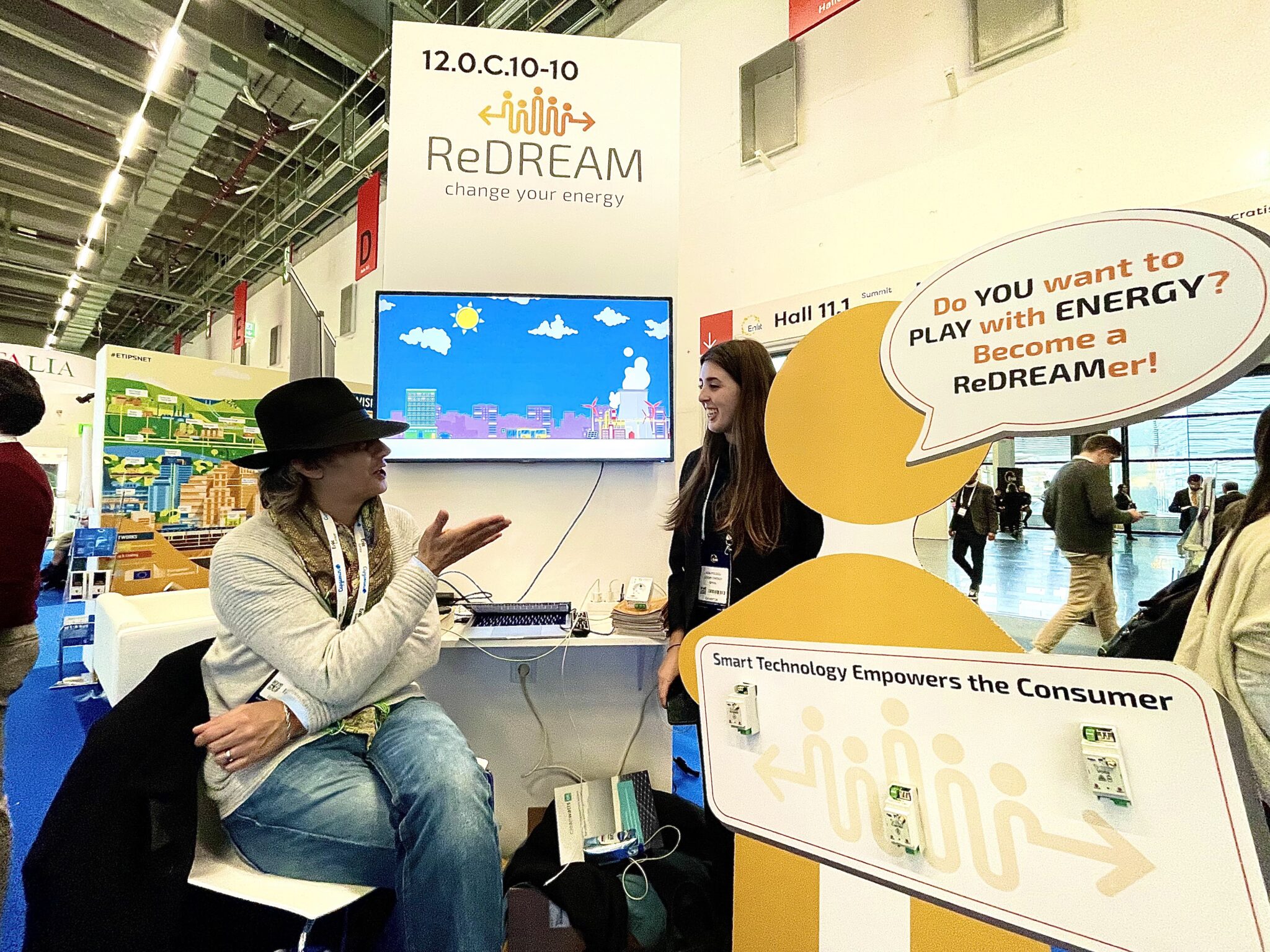
The ReDREAM ecosystem concept forms the basis for innovative business models in the electricity sector, focused on democratising and deepening the digitalization of energy services. It creates value because of its strong consumer approach and possibility to integrate solutions for multiple stakeholders (e.g. consumers, aggregators, DSOs, etc.). The service-dominant logic (SDL) is the underlying paradigm on which the ecosystem concept is based. The ecosystem concept is characterized by simplicity, adaptability to different energy services and customizability. The ReDREAM ecosystem concept can be used to develop actual ecosystems in different contexts with a range of different functionalities. For example, an implemented energy ecosystem can ease the management of energy flexibility, Demand Response, and Energy Efficiency based on user-friendly interaction. In an implemented ecosystem, beneficiaries can manage all their energy services in a single point and discover how to make the most of their own production and their devices, the community, and the planet.
Target users / Beneficiaries
- Energy Communities
- ESCOs
- Aggregators Energy Retailers
- Technology Providers (Installers, Equipment Developers)
Energy Efficiency & Demand Response Tools
This solution comprises of 3 tools: 1) The Advisory Tool, 2) The Demand Response (DR) Tool, and 3) the Energy Efficiency (EE) Tool.
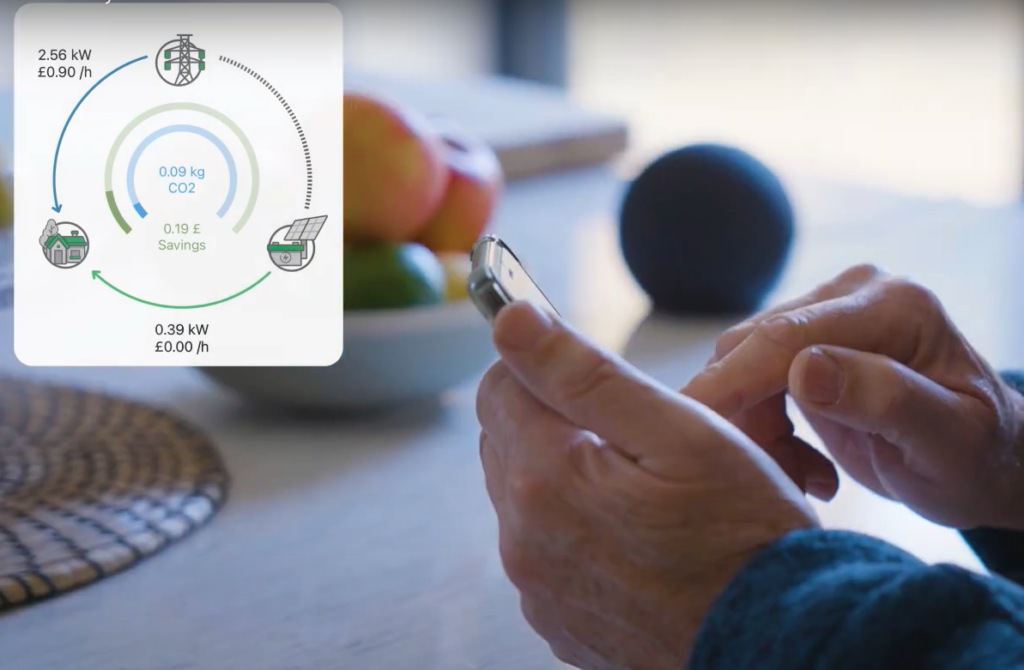
Advisory tool
The Advisory tool supports prosumers’ decisions on energy consumption by predicting their energy behaviours and giving them specific consumption profiles and advice to modify their consumption patterns. The tool helps consumers making manual interventions in the use of the energy equipment and suggestions on investments to be more cost-effective.
Demand Response (DR) tool
The Demand Response (DR) tool helps to manage energy resources based on the market needs (explicit DR). The tool will interact with markets to offer flexibility services. It enables computing key indicators, such as participation in markets, amount of flexible energy, and incomes of DR. The DR tools rely on the EE tool. This means that the actions to modify the consumptions are done with respect to the operation decided by the EE Tool.
Energy Efficiency (EE) tool
The Energy Efficiency (EE) tool´s main goal is to optimise thermal and electrical energy in buildings, apartments, homes, shops, offices, industries, taking into account different types of Distributed Energy Resources (DER) and user preferences (lighting and temperature), considering real-time conditions. Thus, the tool aims to manage those devices that can store electric or thermal energy to consume in the moments where prices are lower or solar energy is being generated, to reduce energy bills and pollution.
Target users / Beneficiaries
- Consumers/Prosumers (Residential, Tertiary, Industrial)
- Building Facility Managers
- Energy Communities
- DER Managers
Providers of the tools
- ESCO (Advisory Tool, EE tool)
- Aggregator (DR Tool, EE tool)
- Energy Retailer (EE Tool)
Comfort Services
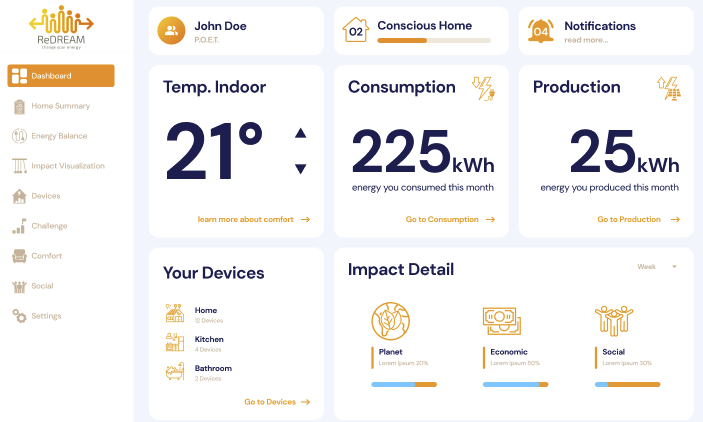
This ReDREAM service provides info about the impact of the energy profile of the user on thermal comfort level and provides information about the outdoor Air Quality. It evaluates if the comfort of a living space is compromised under various energy scenarios. The comfort service optimises the operation of the HVAC system tailored to the end-users´ behaviour. It can be implemented as an interface/digital platform in specific products such as airconditioning units, heat pumps and dehumidifiers.
Target users / Beneficiaries
- Consumers
- Energy Communities
- Building Facility Managers
- R&D Institutes
- Academia
Energy interaction tools
This solution is a mobile application which includes three specific innovations: 1) gamification tools, 2) energy social network software, and 3) innovative user interfaces.
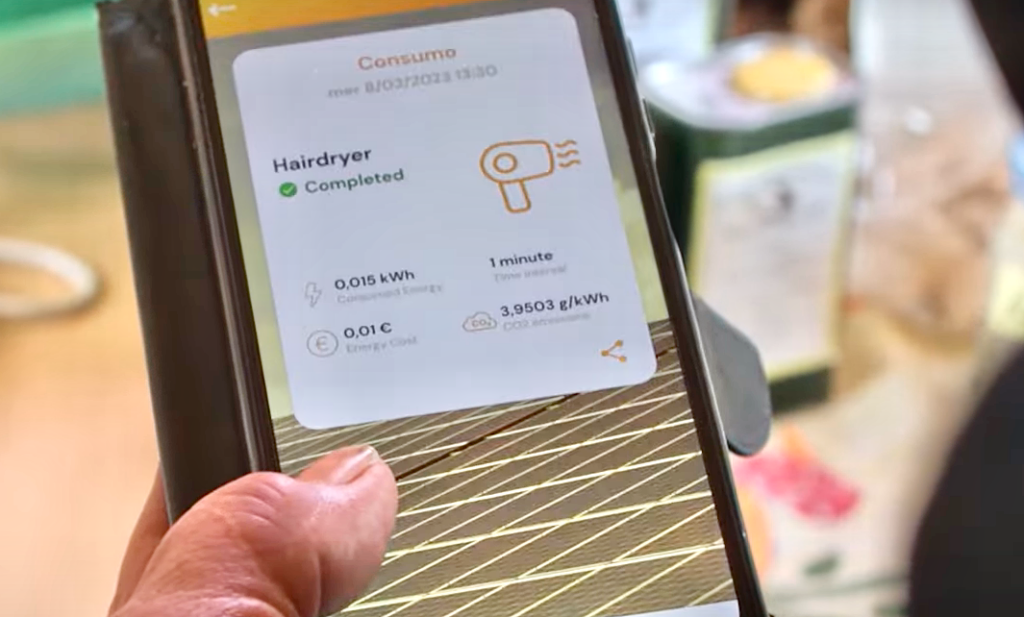
Gamification tools
This service provides feedback to consumers on daily consumption taken from single appliances and tasks, using commercial smart plugs. Data is collected with the aim of providing feedback (and a scoring) on how good consumers have performed according to economic (tariffs), environmental (type of production available in that moment) and social (helping the balance of the local community) parameters.
Energy social network software
Service for providing an environment that bounds together users and their energy data in an easy-to-share performance environment, also involving 3D or similar interfaces, that help to visualize the “community” aspect of energy distributed consumption and production.
User interfaces
Set of interfaces, based on flexible “cards” that focus on the interconnection and mashup of different components of energy sources. It starts with the link between the core energy services and the non-energy services (comfort, mobility), but is thought, graphically, to be expanded to other resource integration, from water to personal health.
Target users / Beneficiaries
- Consumers (Households, mobility)
- Energy Communities
- Building Facility Managers
- ESCOs
- Aggregators
Regulatory Insights and Policy Recommendations
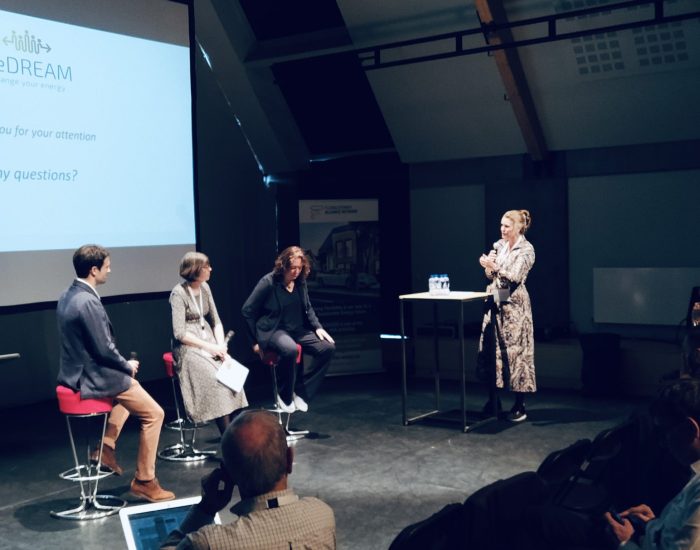
In the ReDREAM project, a comprehensive compilation of the main factors enabling the deployment and roll out or demand response services have been gained at 2 levels: EU level and national level in Spain, Italy, Croatia, and UK.
The 4 focus points are:
1. Existence of a clear and stable legal framework that acknowledges the legal status and defines the boundaries of the operation for new actors, their remuneration and how they interact.
2. Access of the demand to the market.
3. DSO new role (i.e. from passive to active role managing flexibility).
4. Technologies (e.g. smart meter roll-out).
This up-to-date information regarding the level of implementation of the enabling factors and remaining barriers from a regulatory standpoint for launching DR services is used to assess the regulatory readiness when replicating ReDREAM services in other countries.
Target users / Beneficiaries
- Regulators
- Policy Makers
- Local/Regional/National Authorities.